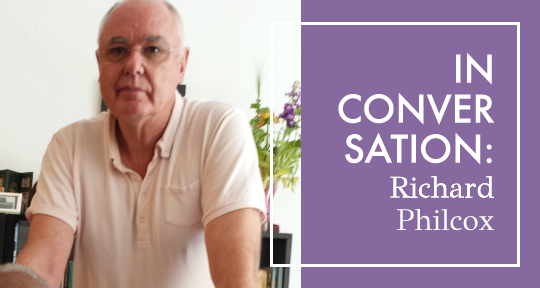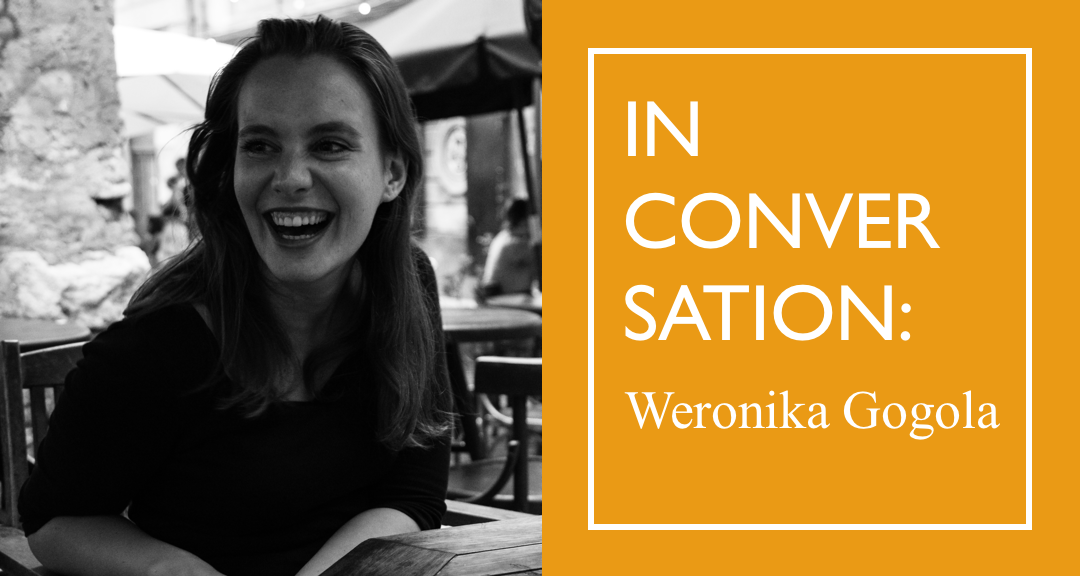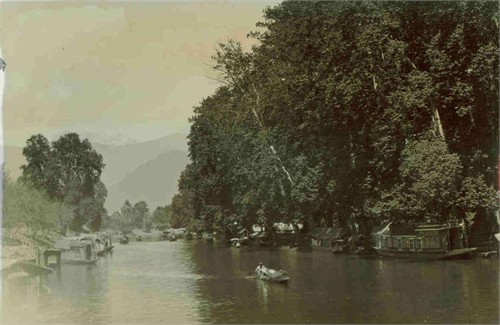For centuries, the process of translating literature has been likened to the art of acting, perhaps most famously by Ralph Manheim, who claimed “translators are like actors: we speak lines by someone else.” In his 2001 essay “Translating Maryse Condé: A Personal Itinerary,” translator Richard Philcox takes this idea a step further, writing that, when reading his translations of Condé’s work in front of an audience: “I become the author, and the translation becomes the text. I thus become Maryse Condé.” Certainly, as Condé’s husband and translator, Philcox has built an impressive career living and working with the Guadeloupean winner of the 2018 Alternative Nobel Prize, their personal and professional lives so enmeshed that Philcox and Condé share an email address. Yet, their divergent opinions on the importance of translation mean that Philcox has always approached his work with a surprising degree of independence. On the eve of the North American publication of Condé’s novel The Wondrous and Tragic Life of Ivan and Ivana, I corresponded with Philcox about “conversing” with Condé on paper, translating French Creole, and his long-held secret desire to become an actor.
—Sarah Timmer Harvey, May 2020
Sarah Timmer Harvey (STH): How did you come to translation as a career? Was it a path that you always intended to follow?
Richard Philcox (RP): I began my career as a technical translator with Kodak-Pathé, the French affiliate of Eastman Kodak, in Paris. The task of the technical translator was to translate into English the company’s annual, technical, and financial reports, instruction leaflets, and general correspondence that had to be sent back to the US headquarters in Rochester. It was when Maryse Condé’s novel Heremakhonon was published in 1976 that I launched into literary translation. I was approached by Three Continents Press in Washington DC for an English translation and used my time in the office to work on it. At the time I hadn’t much thought about the history and theory of translation and adapted much of the rules of technical translation to a literary work: i.e. absolute clarity, no ambiguity, short sentences, no time for lyricism, and nothing left to the imagination. None of this corresponded to a novel like Heremakhonon or for that matter anything literary or poetical. I think that if I had to redo the translation, it would be very different today. It was much later when I came to teach translation that I researched the many theories and history of translation and endeavored to convey my enthusiasm to the students.
STH: When and how did you first meet Maryse Condé?
RP: We met in Kaolack, Senegal in 1969 when we were both teaching at the Lycée Gaston Berger. At that time Maryse had not become a writer and had no published work to her name. I had little idea that I would become her translator. Maryse had gone through many difficult and harrowing experiences during her life in West Africa (see What is Africa to Me? Fragments of a True-to-Life Autobiography, Seagull Press) and it was she who taught me, a naïve Englishman, the politics of colonialism and its impact throughout the developing world. This helped me enormously later on while translating Frantz Fanon since he had put into theory what Maryse was writing in her novels.
STH: In 2018, Condé was awarded the New Academy Prize for Literature (the Alternative Nobel Prize) for her body of work. What has winning this prize meant for both of you?
RP: The award came to Maryse as a total surprise. Besides being happy and proud, she was relieved. For the first time, she was at peace with herself. She had been writing for many years without any special recognition, never having been awarded any of France’s prestigious prizes such as the Goncourt or the Renaudot. Now the voice of Guadeloupe, a powerful and magical voice, could be heard internationally. READ MORE…




